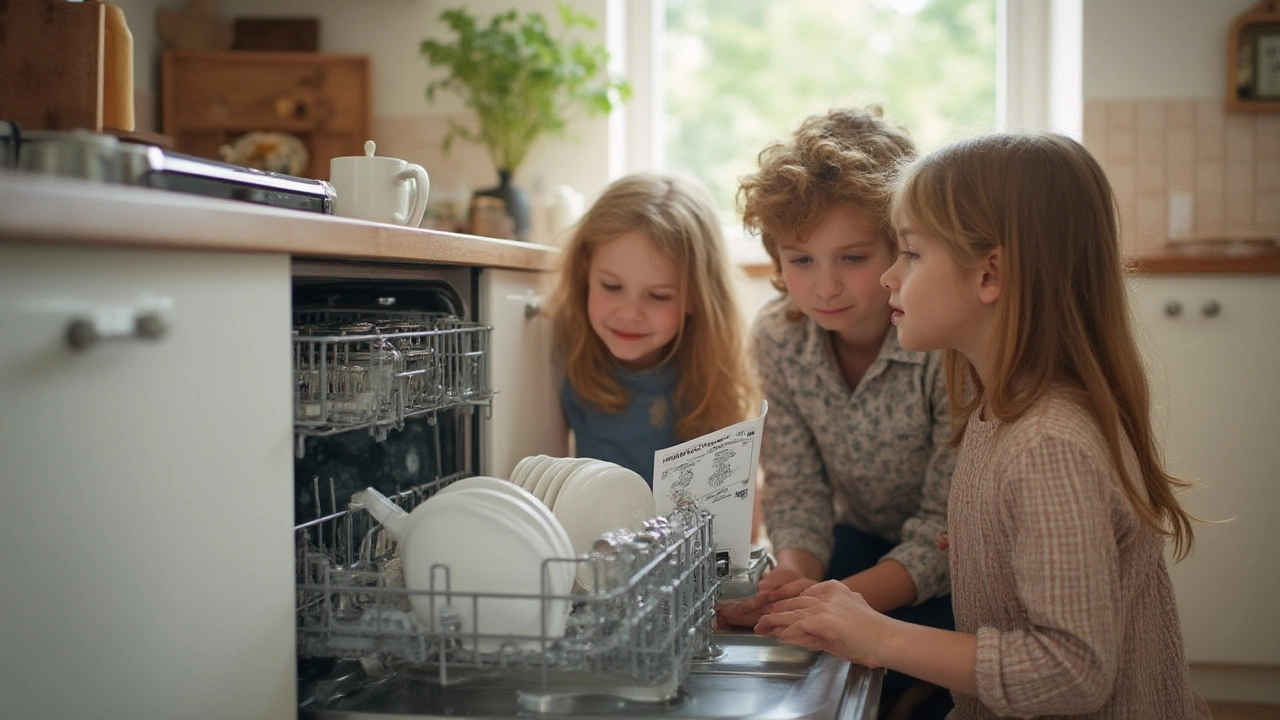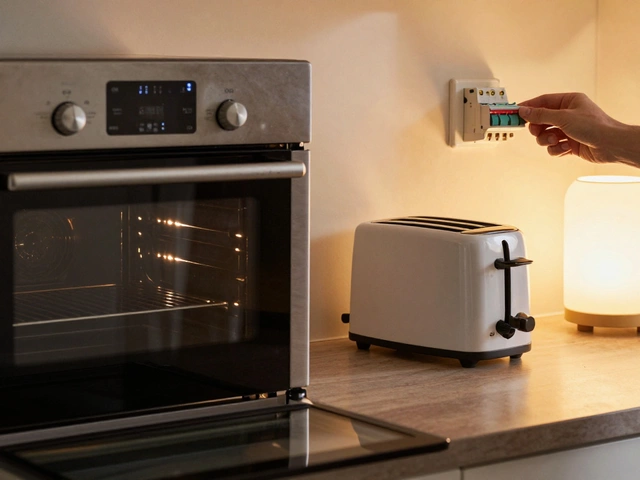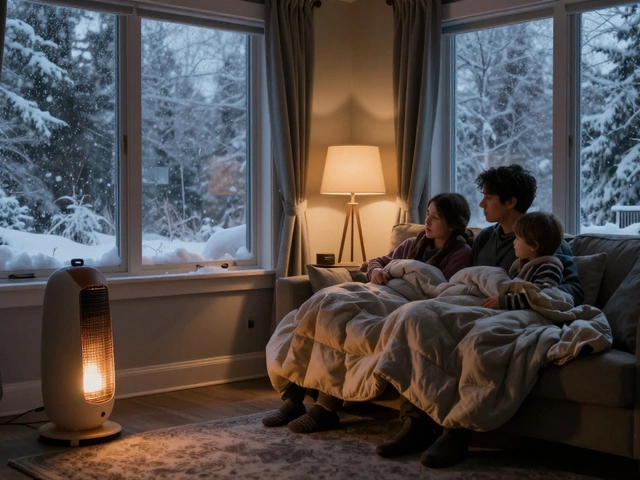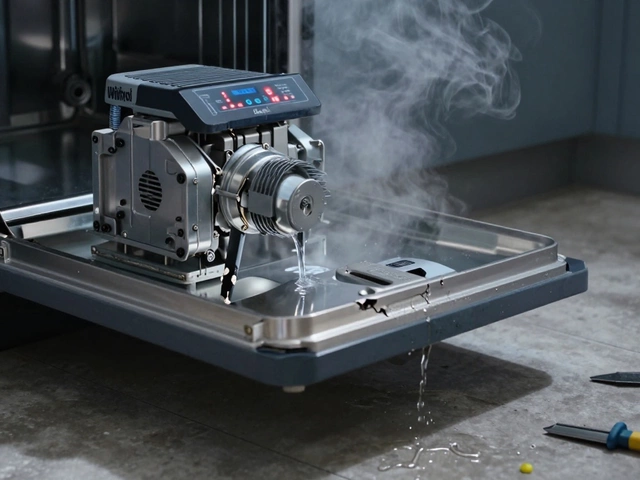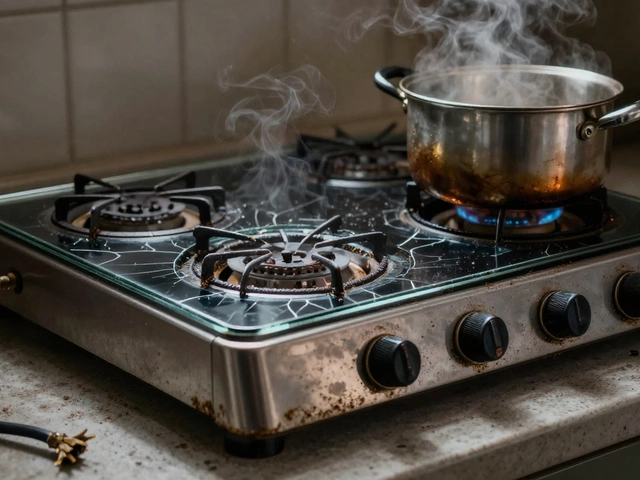Common Appliance Faults: Spot Them Fast and Fix What You Can
Every homeowner knows that one day an appliance decides to act up. The good news? Most issues follow a pattern, and you can often tell what’s wrong before the repair bill arrives. Below we break down the typical faults you’ll meet with washing machines, refrigerators, ovens, dryers and water heaters, plus simple steps you can try at home.
Top Faults Across the Most Used Appliances
Washing machines most often stop spinning or drain slowly. A clogged pump filter or a worn drive belt is usually to blame. Unplug the machine, locate the filter (usually behind a small hatch), clean out any lint or foreign objects and run a short cycle. If the drum still won’t spin, the belt may need tightening or replacement – a quick job for a handy DIYer.
Refrigerators tend to lose cooling power. The most common cause is a dirty condenser coil. Pull the fridge away from the wall, use a vacuum brush to clear the dust, and watch the temperature drop back to normal. If the fridge still runs warm, the thermostat or compressor could be faulty, which is a sign to call a technician.
Ovens often give you the dreaded “not heating” message. In many cases the heating element is cracked or the thermostat has failed. Unplug the oven, remove the element screws and inspect for visible breaks. A broken element is cheap to replace, but if the oven still won’t heat after a new part, the control board might be the culprit – best left to a pro.
Dryers usually stop heating because of a clogged lint filter or a broken thermal fuse. Clean the filter after every load, then check the fuse with a multimeter; replace it if it shows no continuity. If the dryer runs but stays cold, the heating element itself may need swapping.
Water heaters often trip the reset button repeatedly. This usually means the thermostat is overheating or the heating element is failing. Turn off power, let the tank cool, then test the element for continuity. A faulty element or thermostat should be replaced, but if the reset keeps tripping, underlying electrical issues could be present and you’ll need an electrician.
When DIY Isn’t Enough – Call the Experts
Even if you enjoy fixing things, some faults are best left to certified technicians. If you notice any of these red flags, pick up the phone:
- Strange noises (grinding, buzzing) that persist after basic checks.
- Water leaks inside or around the appliance.
- Electrical smells or sparks.
- Repeated error codes on digital panels.
- Parts that require special tools or certification (e.g., gas boiler components).
Trying to force a repair can cause more damage and raise the final bill. A professional will diagnose the issue, ensure safety standards are met, and often extend the life of your appliance with proper service.
Bottom line: knowing the common faults lets you act fast, save money, and avoid the hassle of a broken appliance ruining your day. Keep a basic toolkit handy, follow the quick checks above, and don’t hesitate to reach out when the problem is beyond your comfort zone. Your home will thank you with fewer surprises and smoother running gadgets.
Most Common Dishwasher Fault: Causes, Fixes, and Expert Tips
- Alden Wilder
- Jul 30 2025
- 0 Comments
Find out why dishwashers stop draining and how you can fix the problem yourself before calling a professional. Step-by-step tips included.
View More